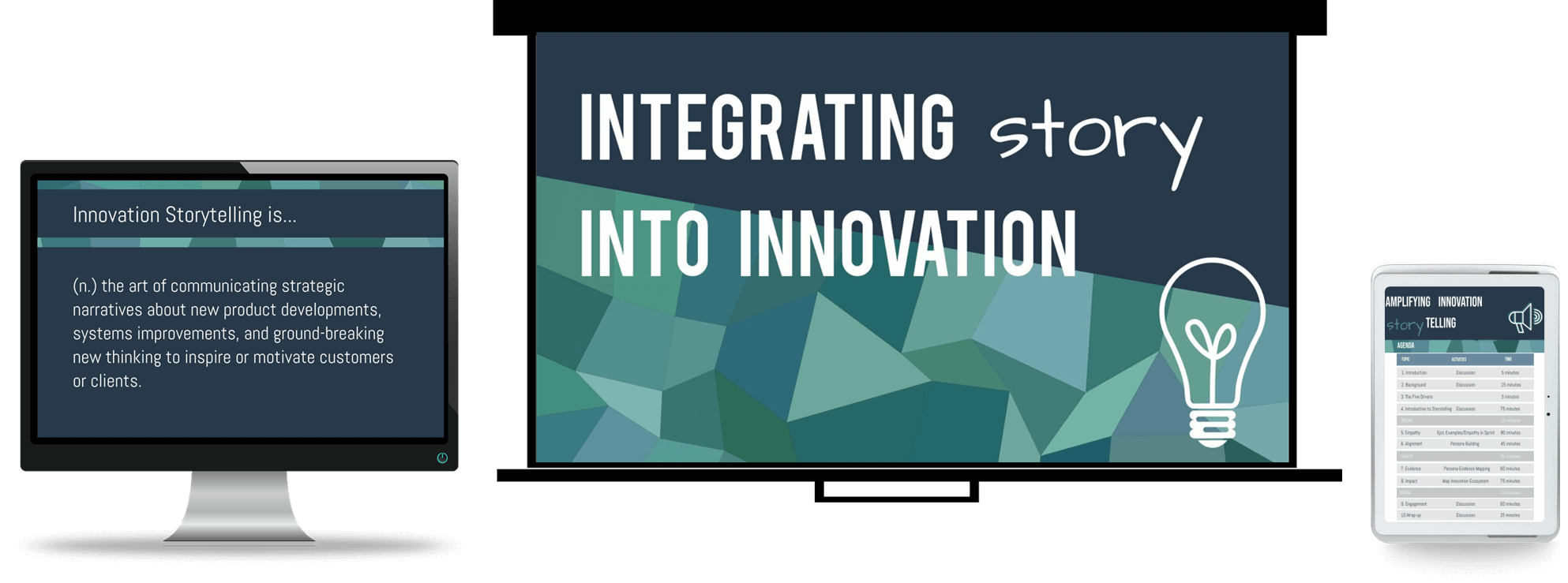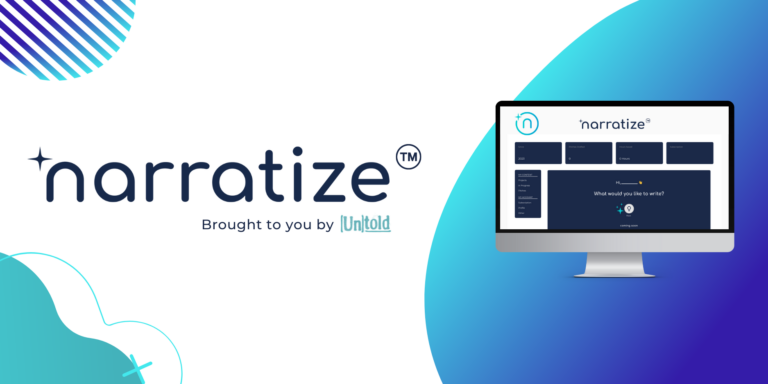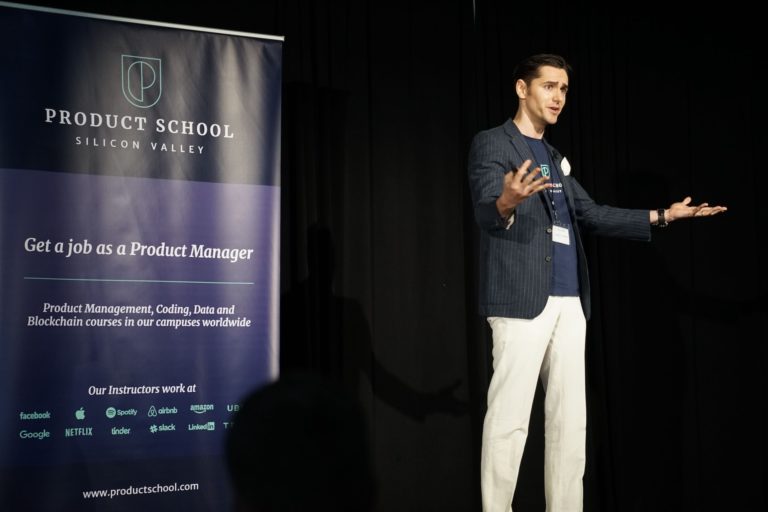Blog >> A Guide to Storytelling for Organizational Change
A Guide to Storytelling for Organizational Change
Organizational Storytelling Fuels Continuous Improvement
For organizations committed to continuous improvement, stories are key to creating and sustaining organizational change. Few things are as compelling as a great story. Etched on our memories more vividly than numbers and statistics alone, stories captivate, inspire, and persuade. By telling stories of the innovations resulting from organizational change efforts, you can:
- Engage internal stakeholders in cultural transformation
- Inform customers and external stakeholders about your organizational vision and the changes in effect
- Enlighten the general public about your expertise and experience
- Gain formative feedback on your organizational transformation that can help your team revise and tweak your efforts into the future
Although storytelling is part of our collective DNA, crafting persuasive stories with the purpose of driving organizational change calls for careful strategy.
In this guide to storytelling for organizational change, we’ll share tips for collecting stories about organizational change and communicating effectively to internal and external stakeholders. For deeper insights delivered in a high-impact experience, be sure to also explore Untold’s Virtual Innovation Storytelling Training experience. Change is nearly always innovative. In this fully self-paced virtual experience, we share insights from interviews with 100 innovation leaders about how to leverage storytelling to inspire change and accelerate innovation.
Change requires engagement. The story-sharing techniques in this guide will help you engage people across your organization-from front-line staff to executive leadership-in order to tap into the collective intelligence of your organization and achieve greater engagement in your organizational transformation. As expert writing consultants, we support thought-leading organizations in collecting, analyzing and spreading stories that drive organizational missions. Explore our professional writing and content strategy sessions to learn more about how to become an Untold client.
Organizational storytelling and story-sharing can transform your culture and provide staff with a voice for contributing their ideas and reflections. If story-swapping isn’t currently part of your organizational culture, here are some creative ways we’ve seen storytelling become integrated into organizational change initiatives:
- Use the first 5-10 minutes of every meeting for swapping success stories.
- Schedule a monthly or quarterly “open-mic” assembly for story-sharing around particular organizational topics.
- Encourage staff to write down and share quotes they hear about organizational change efforts. We call these “notable quotes” and recommend placing them in a shared document, like a Google Sheet.
- Build a space for sharing stories or “notable quotes” into exit briefs or evaluation interviews/surveys that are already being conducted as part of your organizational change efforts.
Such integrative strategies will inspire a culture of storytelling that will help you gather stories from the bottom-up as well as circulate strategic messages from the top-down.
How to Collect Stories of Organizational Transformation
Now that you are creating a powerful culture of sharing and listening, it’s time to consider how to gather and circulate stories strategically within your larger organization and to key external audiences. Interviews and surveys are effective techniques for gathering stories from employees and key change management personnel because they allow you to hear personal insights on the initiative.
We recommend four key steps in interviewing staff as part of evaluating and sharing your organizational change initiative: Connect, Listen, Record, and Write.
How to Engage with Employees to Drive Organizational Change
Connect with the person you’re interviewing through small talk about a safe, neutral topic (“how’s your day going so far?”) and thanking them for taking the time to talk with you. Make sure to also explain the purpose of the interview and give them a quick road-map of what they can expect (what kinds of questions will be asked, how long it will take). If you’re recording the conversation, first ask their permission to do so. Start with easier, close-ended questions to “break the ice.”
Try to avoid questions that result in “yes or no” answers. Instead, ask how, when, what, and image-based questions, like:
- How do you feel about the organizational change?
- When did you start to believe this initiative would work? Why? How did you react at first? Have your feelings changed over time?
- Paint a picture of your daily work and how it is changing because of this initiative.
- What was going through your mind when you first heard about the initiative?
- What stories from your co-workers, managers, executives, or customers have stood out to you regarding this initiative?
As you prepare to ask these questions in an interview, it’s important to realize that the stories you gather will be impacted by not only what you ask, but how you ask it. This “how” of interviewing includes establishing rapport from the first seconds of your interview, exhibiting active listening, and using effective note-taking and transcribing. If you’re asking staff to collect stories, we recommend training that clarifies what stories you’re looking for and provides guidelines for story-sharing.
[Tweet “The #stories you gather will be impacted by not only what you ask, but how you ask it. #changemanagement”]
If you plan to publish the interviews in a peer-reviewed journal or other public medium, you need to obtain written permission from the person you are interviewing.
How to Actively Listen to Employees and Stakeholders
You’ve likely heard of active listening, and nowhere is it more important than when gathering stories. Practice active listening through your body language (eye contact, nodding your head) and affirming language (“uh, huh,” “I see”). Paraphrase responses back to him or her to confirm the idea has been understood correctly (called “reflection” in psychology) and show that you’re listening carefully. Listen for not only content, but also the speaker’s tone, body posture, and other non-verbal communication. Attending to gestures, facial expressions, and emotion-excitement, concern, contemplation-can help you to write more compelling, emotionally charged stories.
How to Collect Stories of Organizational Change
We recommend audio recording your interviews so you can keep your eyes on your interviewee and not on your notebook. That said, it’s also good to jot down key points made in your interview along with an approximate time stamp when they were articulated-that way you can more easily retrieve key quotes from the recording.
For more extended qualitative research projects, we like to use NVivo coding software. For one of our book projects, we first transcribed our interviews using Express Scribe software, uploaded the transcriptions to NVivo, and coded the transcripts along the key themes that emerged in the interviews and that we aimed to highlight through our stories. NVivo can be especially helpful if you’re interviewing and writing collaboratively, as the software can be shared and accessed virtually.
By this point, some stories will hopefully stand out as especially compelling. But it will take work to craft your raw material into a great story that will persuade and inspire your readers. Quotes or short testimonials make great marketing and fundraising copy, but well-developed, richly narrated insights that reflect authentic and accurate personal and team experiences are what you really need to drive and sustain organizational change. We cover these strategies and many more in our virtual innovation storytelling training.
How to Write Organizational Stories from Interviews
Everyone has friends or family members who are natural storytellers-the ones who hold everyone’s rapt attention during a holiday meal, and whose stories continue to be recalled years later. Whether or not you consider yourself one of these “naturals,” you can start to hone your craft using the following steps.
Step 1: Identify your premise.
Start by identifying your premise, or the general idea of your change story. To create a premise with adequate detail, answer the following questions: Who (or what) is your protagonist? What is the situation? What is your protagonist’s condition at the beginning of the story? What does the protagonist want? Who is the opponent/who or what stands in the way? How is the conflict resolved?
It’s easy to answer these questions if you’re writing a traditional fairytale of hero vs. villain. When it comes to organizational change, you might have to approach these questions creatively. A protagonist can be an individual, but also an organization, department, or process. An opponent can be a person but also an inanimate concept like resistance, turnover, disorganization, or “the way we’ve always done things around here.”
Step 2: Frame your story.
Now it’s time to fill in the details. Write down everything you know about your story of organizational change, gathering key passages and quotes from your interviews. A whiteboard, large sketch pad, or even post-its can come in handy to help you visualize your narrative arc.
As you populate your story with details, take note of “holes” that require more knowledge. Highlight them and develop a plan for answering your questions. This might mean follow-up e-mails or interviews.
Step 3: Demonstrate impact.
Steps 1 and 2 apply to any story; this step is especially useful for stories of change management. Social scientists have found that professionals are persuaded equally by five forms of impact: impact on society; impact on the customer; impact on the company/shareholders; impact on work team; and impact on them, personally.
As you continue to write your story, locate any and every example of impacts across the areas, and make sure to include at least one anecdote or quote about each of them.
How to Circulate Stories of Organizational Transformation
Stories about organizational change only matter if they are heard. Share the stories and quotes you collect with multiple audiences across a wide range of mediums, like:
- Webinars and Presentations (for setting the tone of the change in the context of teaching and learning)
- Meetings and Conference Calls (for sharing informal, short stories and reminding staff of the purpose and meaning of the change)
- Videos (for appealing to multiple senses and painting a picture of cultural change in action)
- Articles and Blog Posts (for communicating changes and inspiring conversation internally)
- White Papers (for communicating technical knowledge or expertise)
- Social Media (for circulating your organizational vision and enterprise)
- Journal Articles (for reaching expert audiences and informing the broader public)
By using written, spoken, visual, and auditory mediums to share stories of organizational change, staff and customers get a consistent and compelling image of your organization’s mission and reasons for pursuing change.
Join Untold’s Virtual Innovation Storytelling Training to gain deeper, immersive understanding and strategies for inspiring change and innovation at your organization.
Untold Content is a team of expert writing consultants that works with thought-leading organizations to craft clear, compelling content that drives organizational missions. To engage with our team, check out our technical writing and content marketing services.





